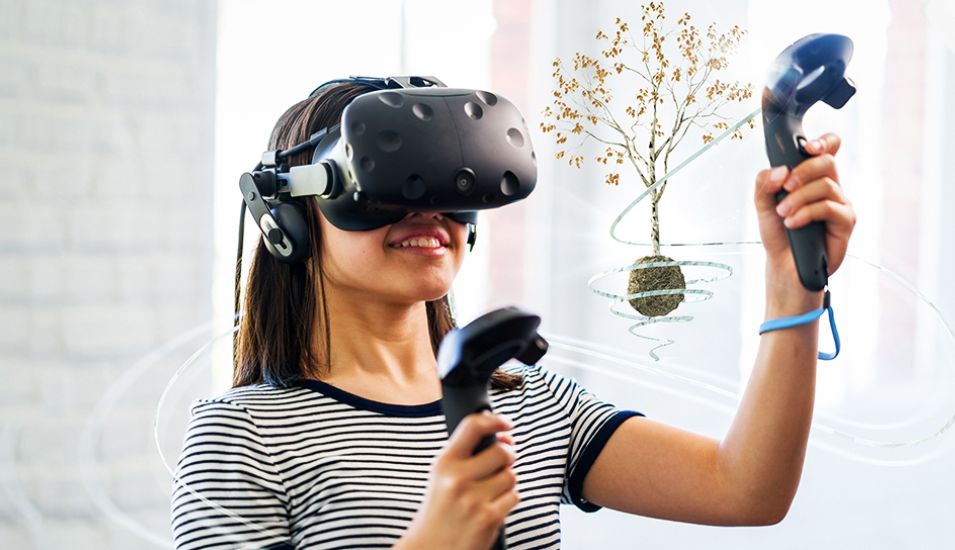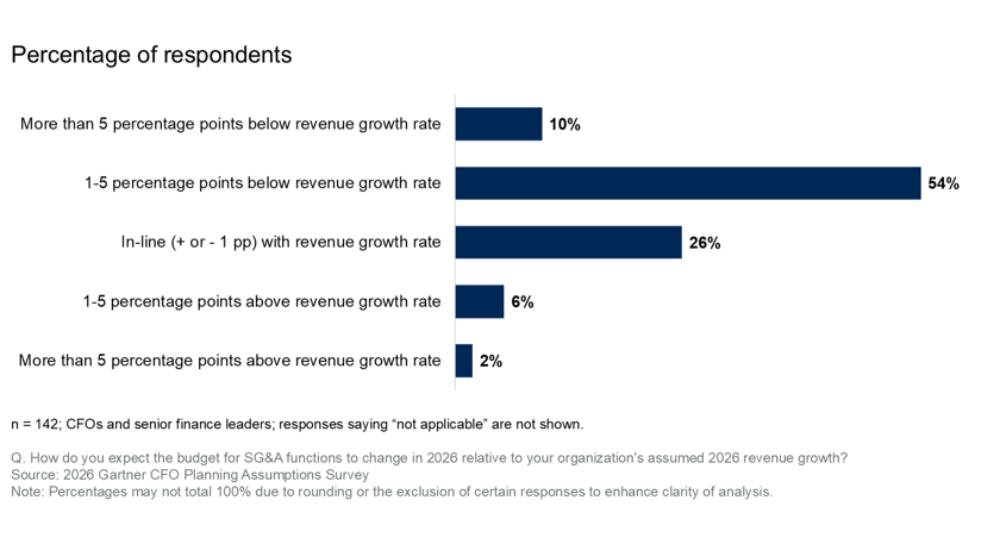More and more young people are using immersive technologies for entertainment and recreation purposes and to engage with peers. For educators, it is increasingly important to ensure students are educated about how immersive technologies work and how they are developed using computer science.
More important, however, is that students realise these technologies can be employed for so much more than entertainment. Virtual reality and augmented reality are already at the forefront of almost every industry, and educators must prepare young people to be future-ready learners.
The question is, how do schools immerse students in immersive technology? The answer is simple: get students to build the technologies, according to Sophie Hunter, Digital Innovation Coach at GEMS Metropole School located at Dubai Motor City in Dubai.
Innovative approach
The students at GEMS Metropole School use the platform CoSpaces Edu to build their own 3D creations, animate them with code and explore them in virtual and augmented reality.
CoSpaces Edu lets kids build their own 3D creations, animate them with code and explore them in virtual or augmented reality. Creating with CoSpaces Edu develops digital literacy and learning skills such as collaboration and coding, which prepare kids for their future while empowering them to become creators.
Using the CoSpaces Edu platform under the guidance of teachers, students in year 4 have developed their own parkour-style platform game by constructing a variety of building blocks, manipulating them and precisely placing them to build various platforms for a player to navigate. Some of the blocks are unique and allow the creator to add obstacles that players need to overcome.
Wikipedia explains parkour as an athletic training discipline in which practitioners attempt to get from point A to point B in the most fluid way possible, without equipment and in the fastest and most efficient way possible. With roots in military obstacle course training and martial arts, parkour includes running, climbing, swinging, vaulting, jumping, plyometrics, rolling, and quadrupedal movement—whatever is suitable for a given situation.

For the purpose of coding, this involves seeing one’s environment in a new way, and envisioning the potential for navigating it by movement around, across, through, over and under its features.
Once the course is created, the students use complex coding to programme objects to run in the same way as any other video game. Reaching this point requires deep problem solving and meta thinking skills to arrange the coding correctly and debug errors.
“Next comes the fun part,” explains Sophie. “We have teamed up with ClassVR Technologies, a virtual reality headset, so students can send their parkour game directly to the device and play their game.”
“You can visibly see the excitement in students as their creations materialise in a full 360-degree virtual environment making their design a reality, quite literally,” she says.
ClassVR is a product from Avantis Systems, an educational technology company, with a history of developing solutions for the education sector. ClassVR headsets provide a safe and secure way for students to explore virtual reality and augmented reality in the classroom with the teacher keeping control over each device.
From a comfortable virtual reality experience using the adjustable head straps to the intuitive and simple to use interface and controls, ClassVR headsets have been designed specifically for students of all ages.
The ClassVR Portal ensures teachers can confidently manage students and add value to lessons when using virtual reality and augmented reality in lessons. Teachers are always in control and the real-time class view provides visibility of what and where their students are exploring in the headsets.




